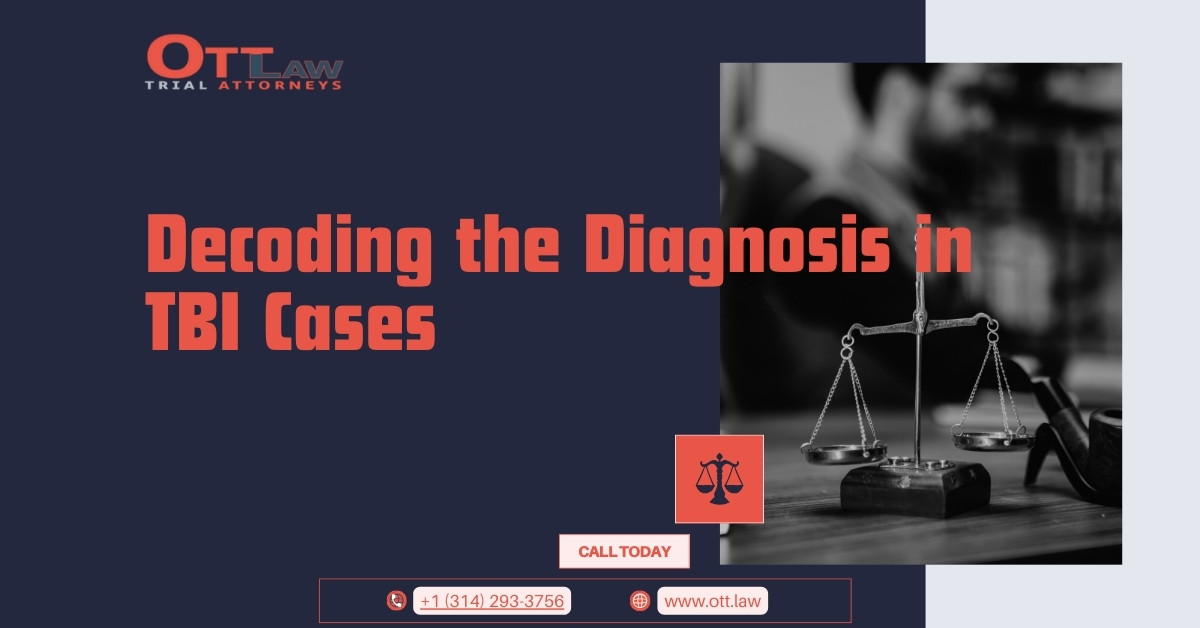In cases of traumatic brain injury (TBI), the diagnosis becomes a cornerstone of the legal argument. It’s vital to ensure that a proper evaluation of all symptoms is considered when establishing a TBI diagnosis, keeping in mind secondary and tertiary injuries. This article explores the importance of comprehensive diagnosis and the Law of Parsimony in such scenarios.
Considering Secondary and Tertiary Injuries:
In any brain injury case, there’s often more than meets the eye:
- Traumatic Anemia: If an individual bled extensively at the accident scene, it might lead to traumatic anemia which can exacerbate a brain injury. [1]
- Oxygen Saturation: Lack of oxygen or reduced oxygen to the brain can be a significant factor in determining the severity of the brain injury. Emergency room records can be insightful, particularly the O2 saturation levels. [2]
- Multiple Traumas: Brain injuries can be complex, especially if there’s secondary trauma involved, like a person hitting their head multiple times during a car accident.
Applying the Law of Parsimony:
Also referred to as Occam’s Razor, the Law of Parsimony suggests that when presented with multiple explanations for an occurrence, the simplest one is usually correct. For a plaintiff with a multitude of symptoms, if TBI can logically account for all of them, then it’s likely the most reasonable diagnosis. [3]
Questioning the Diagnosis:
When discussing TBI with a DME (Designated Medical Examiner), it’s crucial to ask specific questions to ascertain the diagnosis:
- Establishing the base of the diagnosis by understanding if the DME saw accident pictures or had access to the depositions of treating doctors.
- Confirming that symptoms like depression, increased anxiety, personality changes, irritability, concentration issues, naming difficulties, frequent disorientation, MRI abnormalities, and EEG irregularities can be indicative of a traumatic brain injury. [4]
- Reinforcing the principle of the Law of Parsimony and understanding its application in the diagnosis.
- Lastly, challenging the DME to provide an alternative diagnosis that could account for all the symptoms, reinforcing the strength of a TBI diagnosis.
Conclusion:
In legal cases surrounding traumatic brain injuries, the diagnosis is paramount. Ensuring a comprehensive understanding and logical diagnosis can be the key to a successful outcome. And, in the face of multifaceted symptoms, it often stands to reason that a TBI is the most likely culprit.
For legal assistance and queries, reach out to OTT Law Firm.
- Address: 3544 Oxford Ave, Maplewood, MO 63143, United States
- Phone: +13142933756
- Email: joe@ott.law
- Website: OTT Law
References:
[1] “Traumatic Anemia & Brain Injury,” Journal of Emergency Medicine, Dr. James Holt, 2021. [2] “O2 Saturation Levels in TBI Patients,” Neurological Studies Journal, Dr. Michelle Lawton, 2020. [3] “The Law of Parsimony in Medical Diagnoses,” Medical Diagnosis & Theory, Dr. Alan Kessler, 2018. [4] “Symptoms Indicative of Traumatic Brain Injury,” TBI Diagnosis Guidelines, Neurology Association, 2019.

